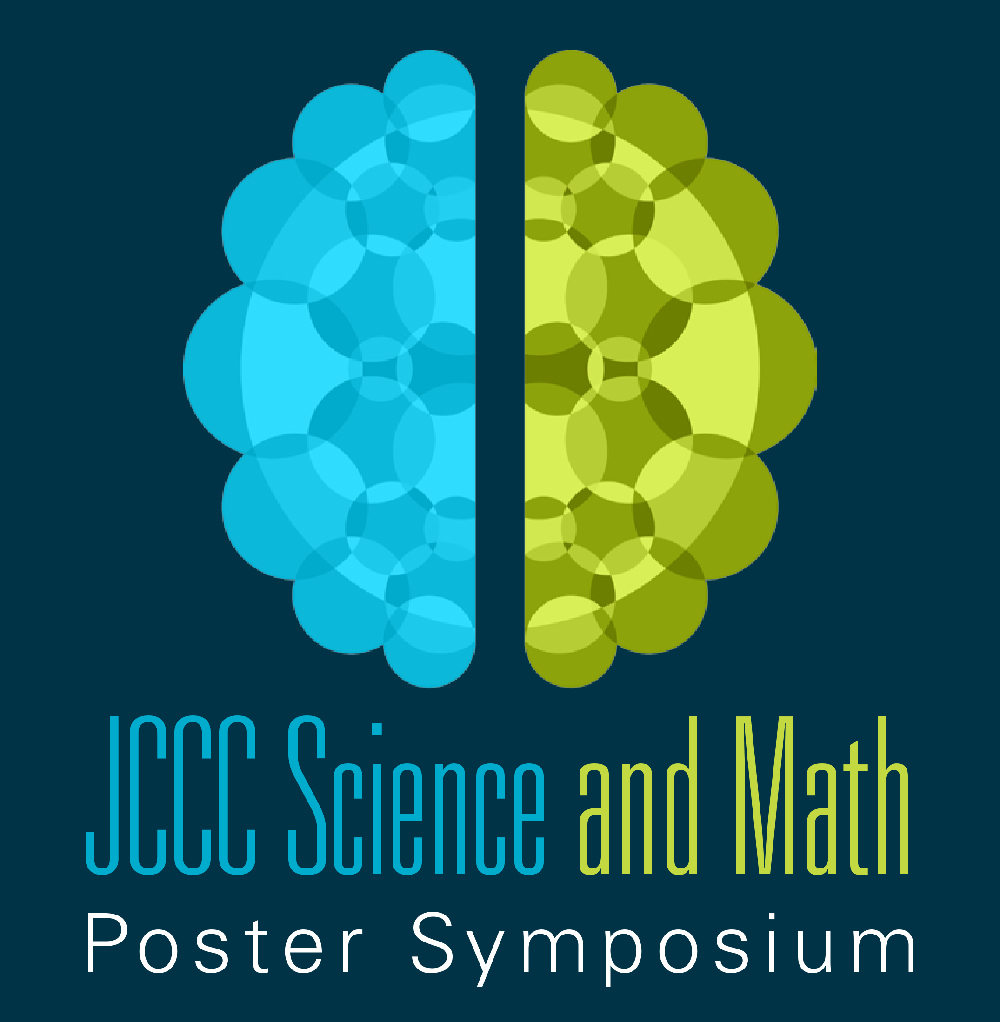Searching for Antibiotic Producing Bacteria in Soil
Location
CoLab
Start Date
3-5-2019 10:30 AM
End Date
3-5-2019 11:45 AM
Document Type
Poster
Description
A soil sample was collected from the student’s backyard to see whether or not antibiotic producing bacteria was found. Once the soil was collected, the student preformed a serious of serial dilutions in order to see if any bacterial colonies formed zones of inhibition. Five different plates with varying dilutions of the soil sample were created. Twelve different colonies were found to have zones of inhibition. These twelve colonies were then isolated on two master plates. Each of these bacterial colonies were then tested against safe relatives of the ESKAPE pathogens (Pseudomonas putida, Enterococcus faecalis, Enterobacter aerogenes, Staphylococcus epidermidis, Acinetobacter baylyi, and Escherichia coli). The antibiotic screenings were done by creating a lawn of growth using each of the safe relatives and testing the twelve candidates to see if they would inhibit any of these pathogens. After many screenings one candidate was picked. The candidate chosen created a zone of inhibition against P. putida. Once the candidates were narrowed down to just one, a Gram stain was performed to determine whether the bacterium was Gram positive or Gram negative. It was determined that it was a Gram negative bacteria. Further metabolic testing and sequencing will be done to determine the genus of the organism.
Image
Searching for Antibiotic Producing Bacteria in Soil
CoLab
A soil sample was collected from the student’s backyard to see whether or not antibiotic producing bacteria was found. Once the soil was collected, the student preformed a serious of serial dilutions in order to see if any bacterial colonies formed zones of inhibition. Five different plates with varying dilutions of the soil sample were created. Twelve different colonies were found to have zones of inhibition. These twelve colonies were then isolated on two master plates. Each of these bacterial colonies were then tested against safe relatives of the ESKAPE pathogens (Pseudomonas putida, Enterococcus faecalis, Enterobacter aerogenes, Staphylococcus epidermidis, Acinetobacter baylyi, and Escherichia coli). The antibiotic screenings were done by creating a lawn of growth using each of the safe relatives and testing the twelve candidates to see if they would inhibit any of these pathogens. After many screenings one candidate was picked. The candidate chosen created a zone of inhibition against P. putida. Once the candidates were narrowed down to just one, a Gram stain was performed to determine whether the bacterium was Gram positive or Gram negative. It was determined that it was a Gram negative bacteria. Further metabolic testing and sequencing will be done to determine the genus of the organism.


Comments
The faculty supervisor for this project was Melissa Beaty, Biology.